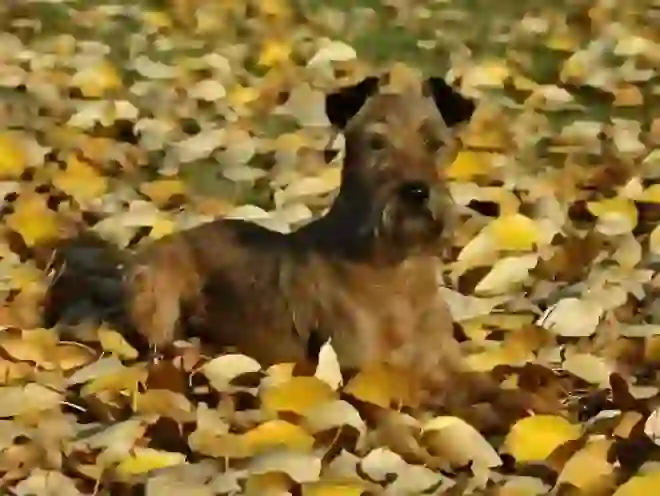
Irish Terrier
Irish Terrier
Irish Terrier
Have you heard of the dog breed 'Irish Terrier'? It is a rare breed in Japan, seldom seen in pet shops. Known as the most 'terrier-like' of the terriers, the Irish Terrier is a breed worth learning about!
Irish Terrier Basic Infomation
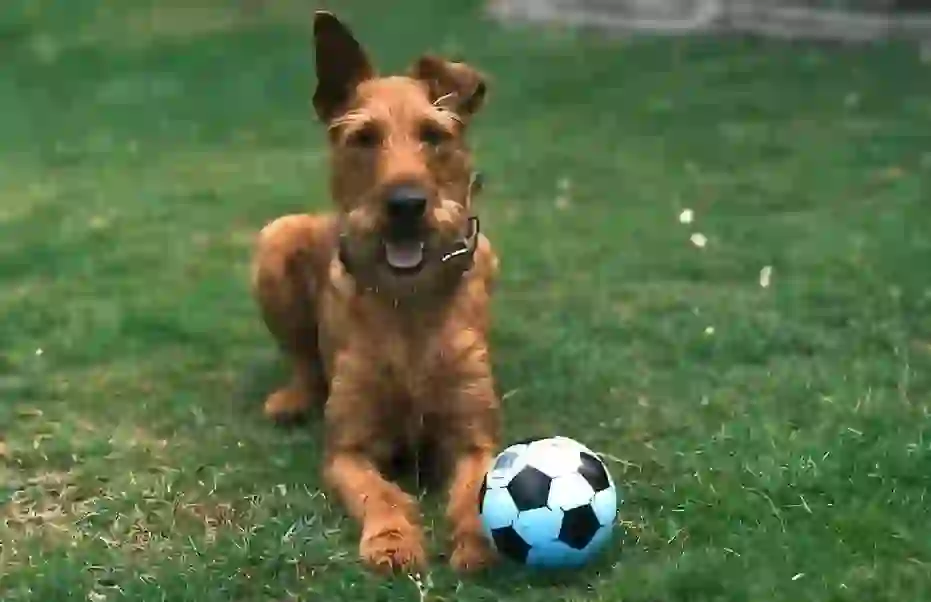
Basic Information
Country of Origin: Ireland Height: Males 43-46cm Females 41-46cm Weight: Males 12.25kg Females 11.4kg Known as the most 'terrier-like' of the terrier breeds, the Irish Terrier is larger among terriers, with a muscular square-shaped body, small head, and slender legs. Their graceful gait reflects their strong and lively nature. Their coat color is solid, including shades like red, red-wheaten (wheat-like red), and yellow-red. Some may have white markings on their chest, which is rare. Some puppies are born with black fur, which fades as they grow. Their fur is hard, straight, and densely packed like wire. While puppies have fine, soft fur, the process of plucking (removing excess hair) makes it coarse and rough. Terriers are known for their long beards and eyebrows. Typically, they have floppy ears, but some may have upright ears. Traditionally, their tails were docked, but this practice is less common now due to legal restrictions in some countries.
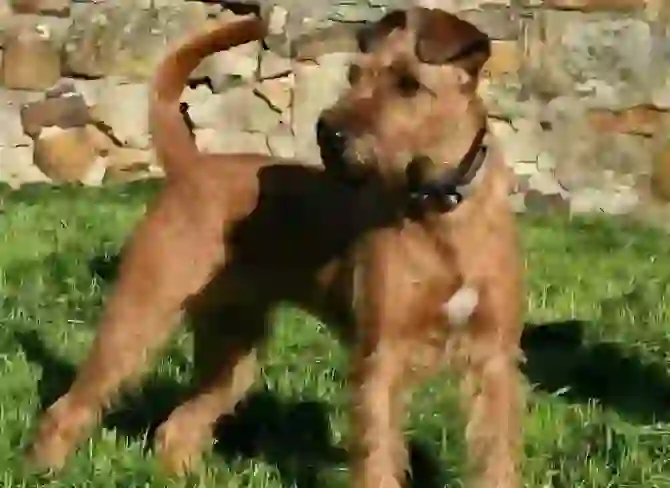
History of the Irish Terrier
The Irish Terrier is one of the oldest terrier breeds in Ireland, depicted in paintings from the 1700s. They lived alongside humans for centuries. In Ireland, they were kept by families regardless of social status, working on farms to control pests, manage livestock, and hunt with hunters, excelling in water hunting due to their swimming skills. Besides hunting and guarding, they accompanied their owners on travels and played with children. The Irish Terrier was notably active during World War I. They were valued as messengers in the battlefield, conveying messages under artillery fire. Their fearless and obedient nature made them ideal for this dangerous role, spreading their name quickly. They might have felt fear but bravely fulfilled their duties. Participating in dog shows, the Irish Terrier's sturdy body and elegant gait gained popularity. In 1875, two Irish Terriers named 'Kilney' and 'Erin' won dog shows, becoming known as the 'father and mother of Irish Terriers,' leading to the breed's current form.
Irish Terrier Q&A

What is the Origin of the Name Irish Terrier?
The name Irish Terrier is easy to understand when broken down. 'Irish' means 'of Ireland.' 'Terrier' comes from the Latin word 'terra,' meaning 'earth' or 'ground,' due to their ability to dig and hunt rodents and badgers. Combined, it means 'Irish Terrier.' Due to their feisty nature, they were called 'Red Devil' and 'Daredevil' for their reckless courage.

Are Irish Terriers Docked or Cropped?
Until the 1800s, the Irish Terrier's coat color and appearance varied, including black. Efforts to standardize the red coat led to today's Irish Terrier. Ear cropping was once common to align with breed standards, but it was banned by the British Kennel Club in 1889. Tail docking and ear cropping were initially done to protect working dogs from injuries while hunting or guarding. However, with their increasing role as family pets, these practices have become less necessary and are legally restricted in some countries. Their adorable appearance remains unchanged without these procedures.
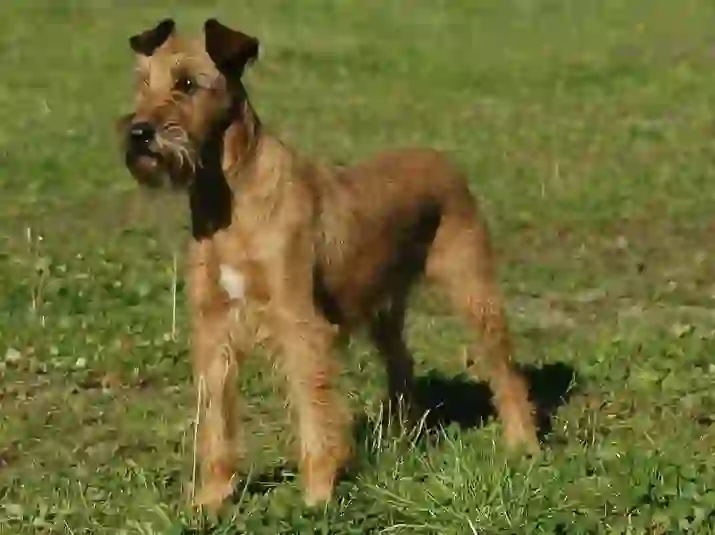
What is the Personality of the Irish Terrier?
Irish Terriers are known for their bravery, facing danger without hesitation. They are loyal, affectionate, and gentle with their owners and family, loving to play with children. They have a strong protective instinct for their loved ones. However, their boldness and bravery can sometimes lead to trouble. They may be wary and aggressive toward strangers, other dogs, and small animals. Their fighting spirit can lead to serious fights, especially among males. They also have a strong prey drive, chasing moving objects. Like many terriers, males and females differ in temperament, with males being more combative. Irish Terriers remember unpleasant experiences, which can make them nervous if they had negative experiences as puppies. Providing a happy puppyhood can help them grow into well-adjusted adults.
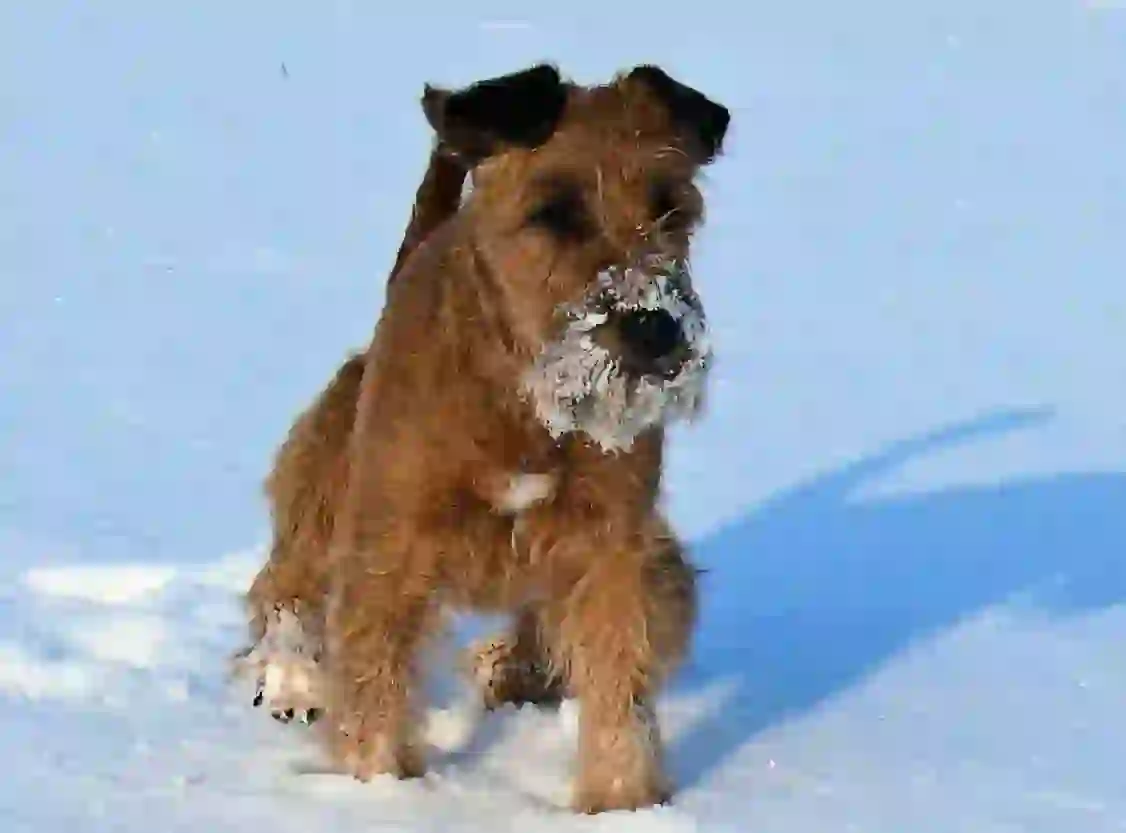
How to Care for an Irish Terrier?
Irish Terriers were once popular in the UK and the US but are now rare. They are not commonly found in pet shops or with breeders in Japan, so importing is often necessary. Once imported, they are typically kept indoors due to their sensitivity to extreme temperatures. A consistent indoor environment with controlled temperature and humidity is ideal. Provide a cage with a roof to prevent escapes, as they can jump high. Ensure the floor is not slippery to avoid joint issues, using mats for traction.

Do Irish Terriers Need a Lot of Exercise?
As hunting dogs, Irish Terriers require a lot of exercise. Take them for walks twice a day for at least 30 minutes each. They also enjoy running in dog parks, jogging, hiking, and playing fetch. Ensure they get enough exercise to satisfy their high energy levels. Adequate exercise helps them remain calm and well-behaved indoors. Without enough activity, they may become stressed, aggressive, or overweight, leading to health issues. Keep them active for their physical and mental well-being.
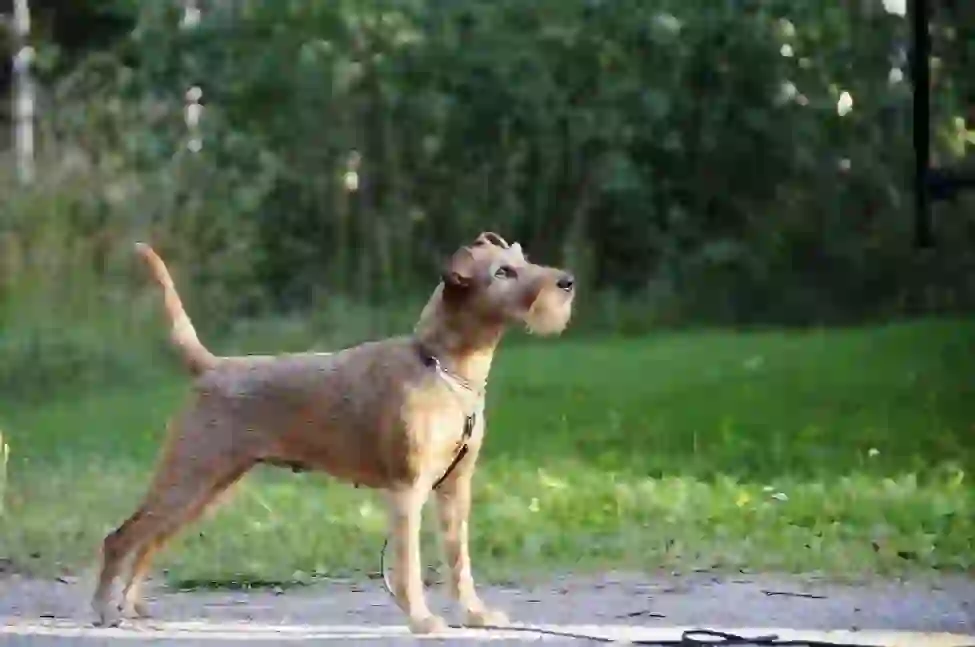
What Do Irish Terriers Eat?
Feed Irish Terriers a 'complete and balanced' diet, providing all necessary nutrients. Due to their muscular build, choose food with meat as the main ingredient. Follow the feeding guidelines on the dog food packaging, adjusting portions as needed. Avoid overfeeding to prevent obesity and related health issues. Treats are fine but should be given in moderation.
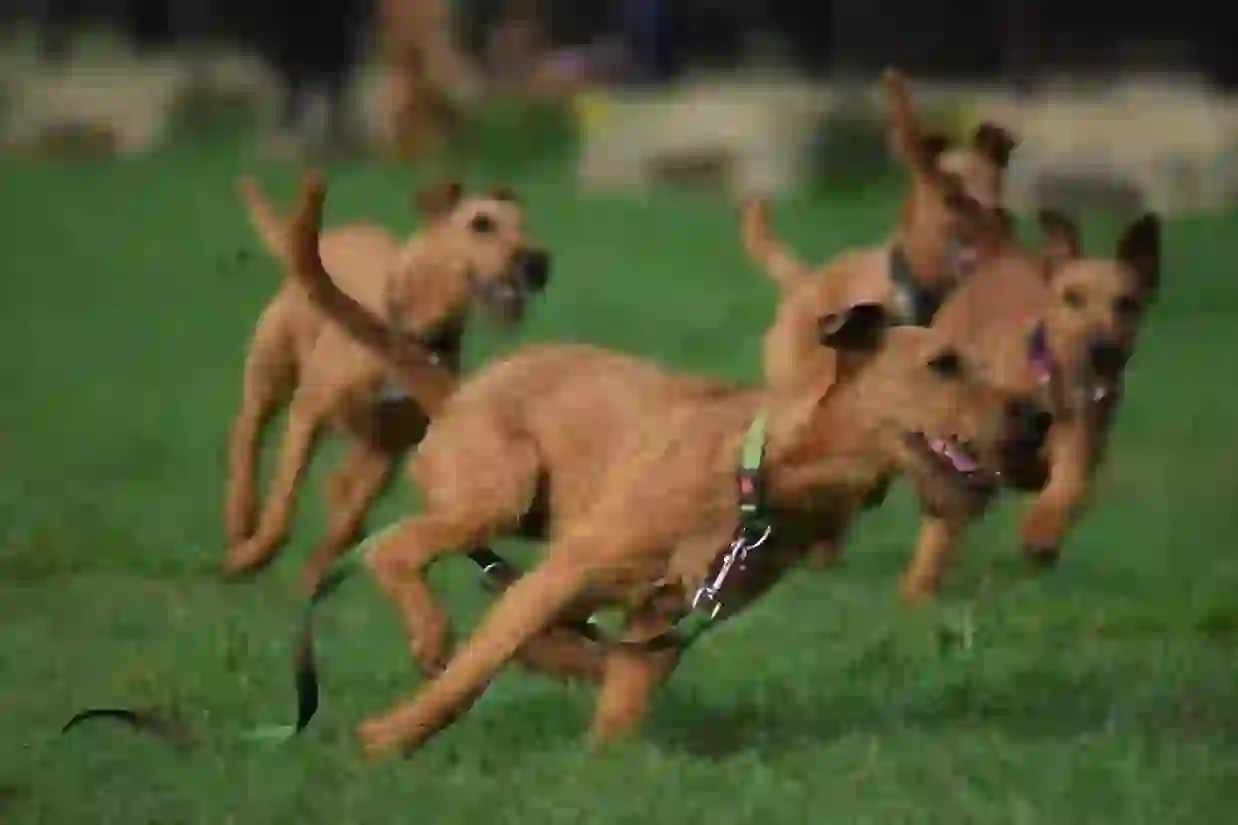
Do Irish Terriers Fight Easily?
Irish Terriers have strong hunting instincts and fighting spirit, potentially leading to fights with other dogs or aggression toward strangers. Proper training from a young age can help mitigate this behavior. They are intelligent and learn commands well. Train them firmly and consistently, teaching them to obey. Socialize them to different people, animals, and environments to reduce aggression. Teaching them to 'wait' can help manage their excitement and prevent aggressive reactions. They can also be vocal, so training to reduce excessive barking is necessary. Train them to avoid biting, as their strong jaws can cause damage.
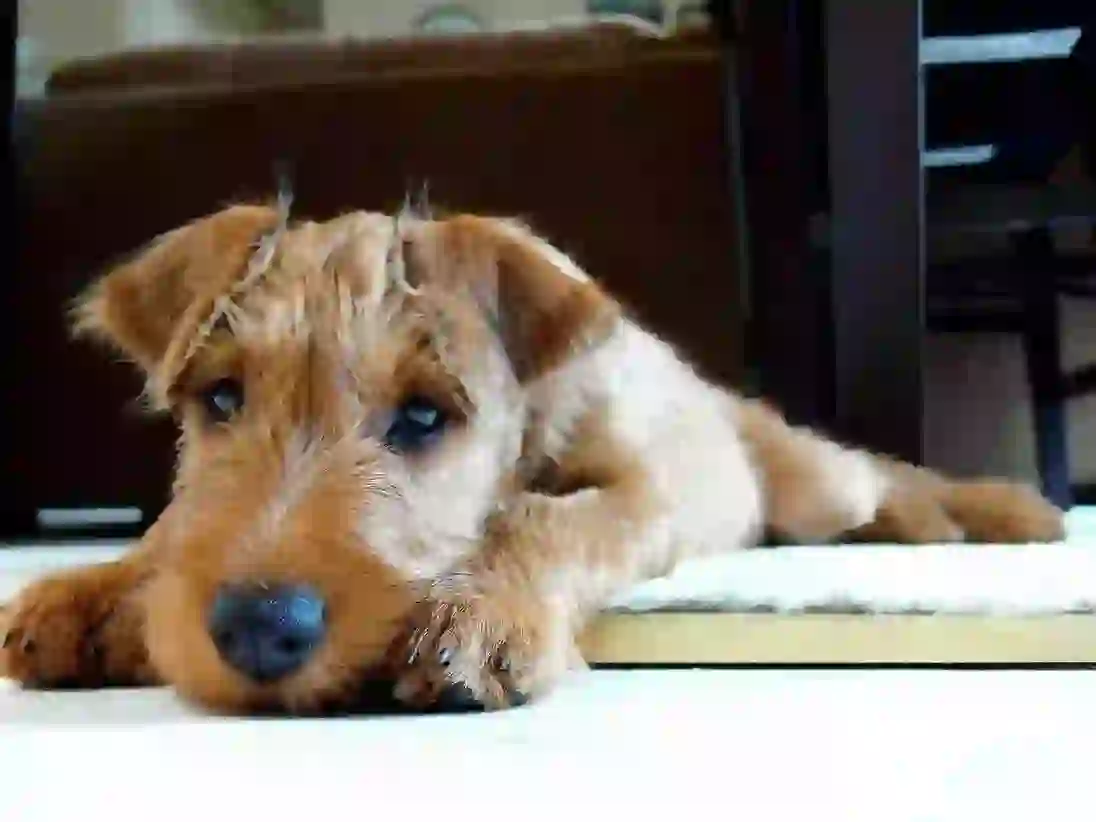
Do Irish Terriers Need Regular Grooming?
Irish Terriers' dense fur requires regular grooming to maintain skin health. Plucking (removing excess hair) helps keep their coat in good condition. Professional grooming every two months is recommended. At home, brush them 1-2 times a week and bathe them monthly. Clean their long facial hair after meals and regularly check their ears for cleanliness to prevent infections.
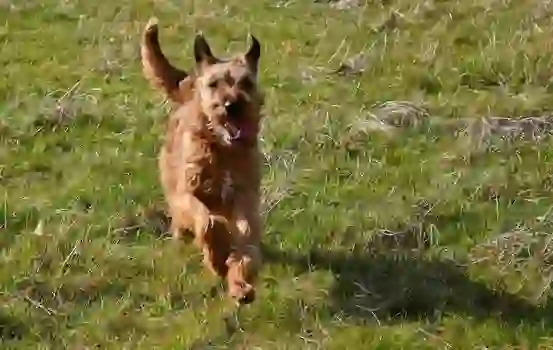
What Health Issues Are Irish Terriers Prone To?
While generally healthy, Irish Terriers can be prone to certain conditions: - Progressive Retinal Atrophy: A hereditary disease leading to vision loss. Check the parents' health and monitor the dog's eyes regularly. Treatment is limited but can include supplements. - Hip Dysplasia: A common condition in large breeds caused by joint malformation. Avoid excessive exercise and maintain a healthy weight. - Megaesophagus: A condition where the esophagus enlarges, causing regurgitation. If symptoms appear, seek veterinary care immediately. Irish Terriers have an average lifespan of 13-15 years. Ensure they receive loving care and attention throughout their lives.

Would you like to become a part of the 'Animalbook.jp'?
Turn your knowledge into Q&A and share it with the world. ※Publication will be activated after purchase. Let's share information together!
Irish Terrier Type of List
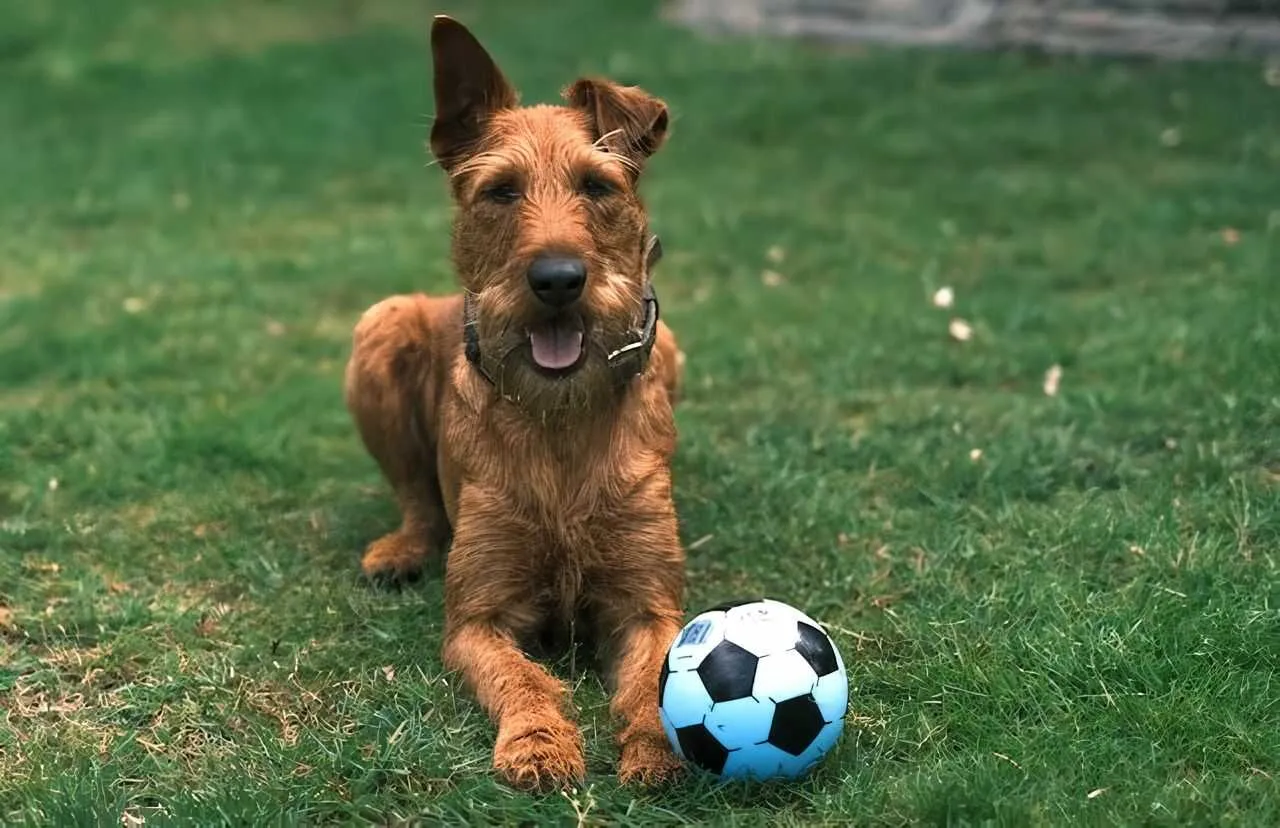
Information
Congratulations! You are the first commenter!

Create Your Favorite List!
Irish Terrier
Save the animals you love! Build your own list to quickly revisit your favorites later.

Would you like to leave a comment?
※Please note: This is for the purchase of rights to post comments within the article.
Find Your Favorites!
Our shop offers a unique and attractive selection of goods themed around various animals.
Irish Terrier References
Irish Terrier Introduction of media used

出典:https://unsplash.com/ja/写真/緑豊かな野原の上に横たわる茶色の犬-qS5oH3z4R4Q

出典:https://unsplash.com/ja/写真/ブラウンロングコート小型犬-PHwt95aRIgs

出典:https://commons.wikimedia.org/wiki/File:Irish_Terrier_3.jpg

Help Enrich Our Animalbook.jp with Your Media!
We are constantly looking to expand and enrich our Animalbook.jp with amazing photos and videos of animals. If you have any media that you'd like to share, please contribute and help us showcase the beauty and diversity of the animal kingdom. Your submissions will be credited and featured in our encyclopedia, reaching a wide audience of animal lovers.

















